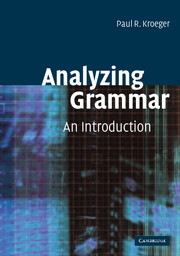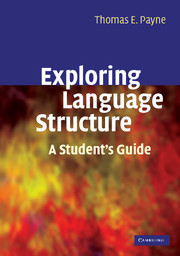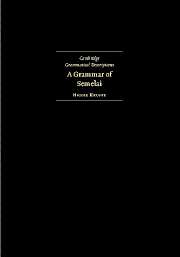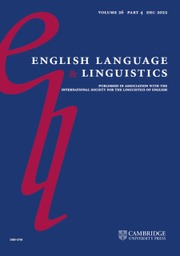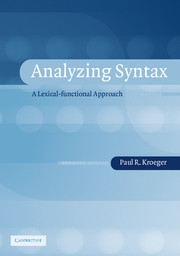Analyzing Grammar
Analyzing Grammar is a clear introductory textbook on grammatical analysis, designed for students beginning to study the discipline. Covering both syntax (the structure of phrases and sentences) and morphology (the structure of words), it equips them with the tools and methods needed to analyze grammatical patterns in any language. Students are shown how to use standard notational devices such as phrase structure trees and word-formation rules, as well as prose descriptions. Emphasis is placed on comparing the different grammatical systems of the world's languages, and students are encouraged to practice the analyses through a diverse range of problem sets and exercises. Topics covered include word order, constituency, case, agreement, tense, gender, pronoun systems, inflection, derivation, argument structure and grammatical relations, and a useful glossary provides a clear explanation of each term. Accessibly written and comprehensive, Analyzing Grammar is set to become a key text for all courses in grammatical analysis.
- Draws on data from a wide range of non-European languages
- Provides a glossary of technical terms
- Data-analysis based exercises are included in every chapter
Product details
May 2005Paperback
9780521016537
384 pages
241 × 173 × 23 mm
0.751kg
28 b/w illus. 47 exercises
Available
Table of Contents
- 1. Grammatical form
- 2. Analyzing word structure
- 3. Constituent structure
- 4. Semantic roles and grammatical relations
- 5. Lexical entries and well-formed clauses
- 6. Noun phrases
- 7. Case and agreement
- 8. Noun classes and pronouns
- 9. Tense, aspect and modality
- 10. N on-verbal predicates
- 11. Special sentences types
- 12. Subordinate clauses
- 13. Derivational morphology
- 14. Valence-changing morphology
- 15. Allomorphy
- 16. Non-linear morphology
- 17. Clitics.

